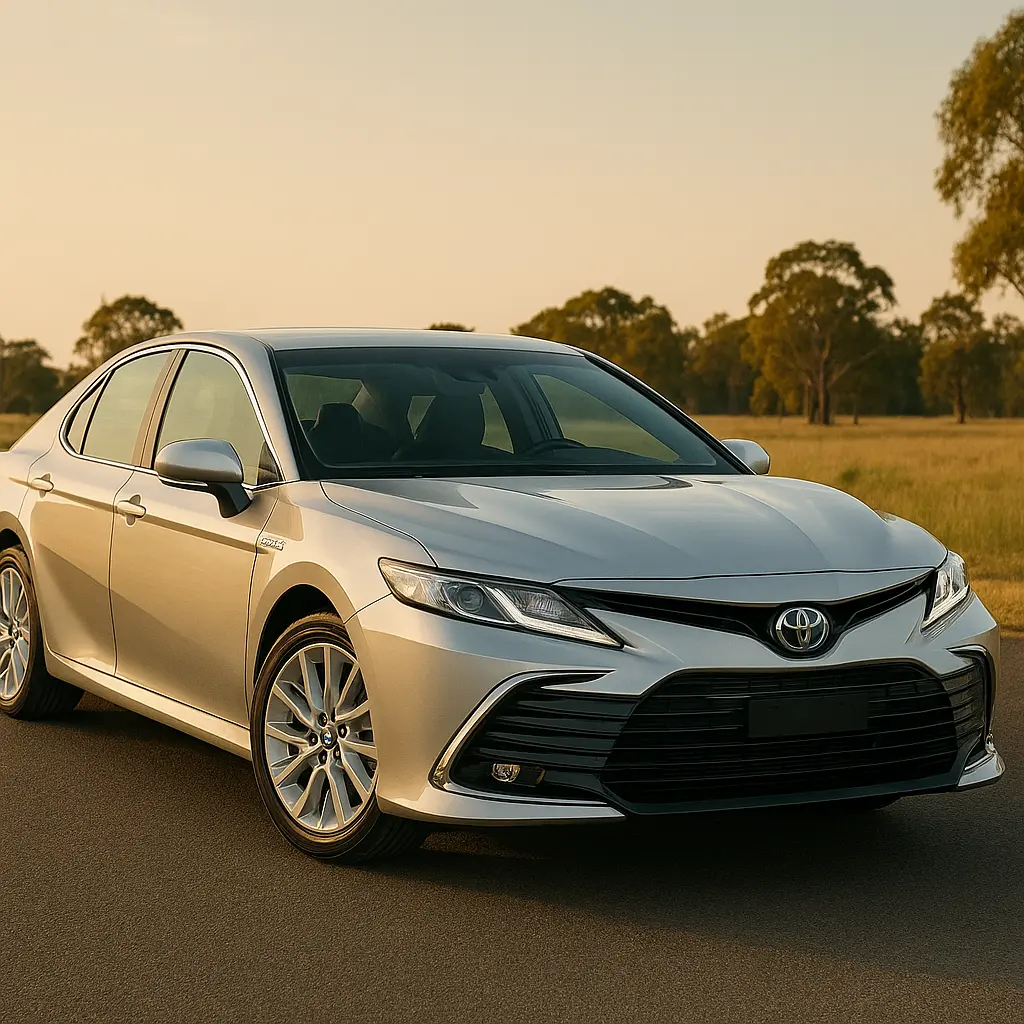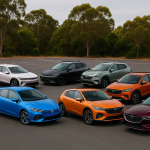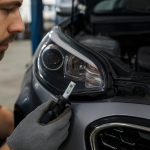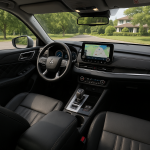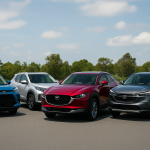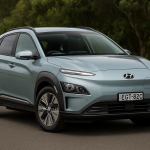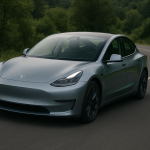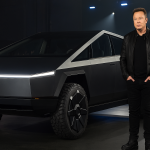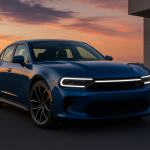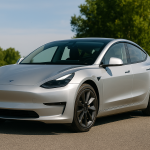Australia’s electric vehicle (EV) landscape has changed rapidly over the past few years, and Hyundai has played a major part in that transformation. Among its pioneering models, the Hyundai Kona Electric has earned a loyal following for being practical, efficient, and well-equipped — without demanding luxury-EV prices.
In this review, we explore what makes the 2025 Hyundai Kona Electric a compelling choice for Australians ready to embrace electric mobility. From its performance and range to its cabin comfort, technology, and pricing, this is a complete guide for anyone considering Hyundai’s compact EV SUV.
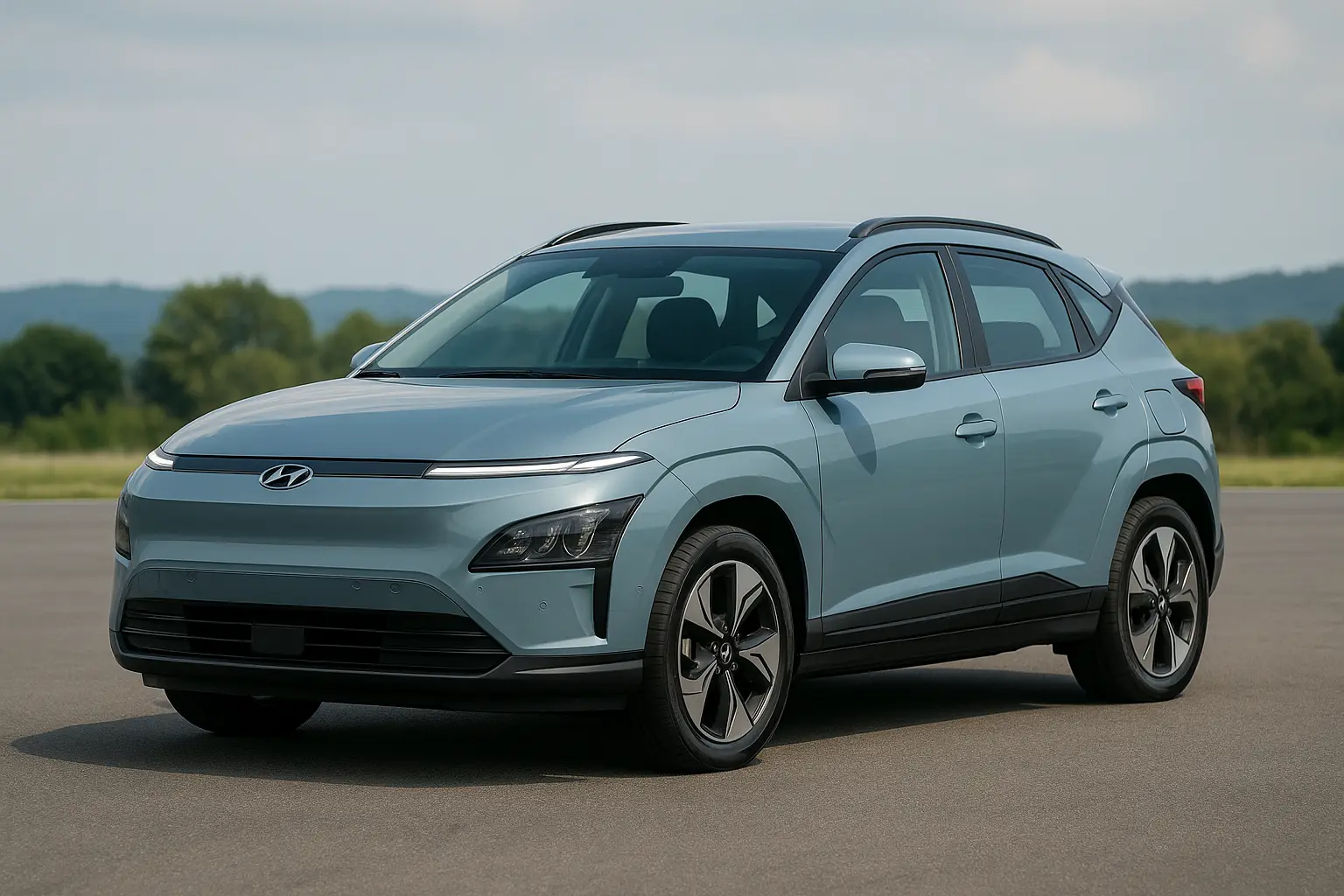
Introduction: The Rise of the Everyday Electric SUV
When the first Kona Electric hit Australian roads, it stood out as one of the most affordable EVs offering real-world range and practicality. Fast-forward to 2025, and the new-generation Kona Electric is smarter, sleeker, and more refined.
Hyundai’s approach was clear — create an EV that doesn’t feel compromised. Unlike some small EVs that sacrifice interior space or comfort, the Kona balances sustainability with the familiarity of a compact SUV, making it ideal for urban and suburban lifestyles.
Its popularity also owes much to Australia’s growing charging infrastructure, federal incentives, and a national shift toward greener transport. Let’s explore how Hyundai’s latest electric SUV stacks up in this evolving landscape.
Exterior Design: Modern, Confident, and Distinctively Electric
The 2025 Kona Electric has moved away from the quirky design of its predecessor to a more futuristic and sophisticated aesthetic. The new styling brings the Kona in line with Hyundai’s “Parametric Dynamics” design philosophy — sharp lines, pixel-inspired lighting, and clean surfaces that reflect its EV nature.
The front end is smooth and grille-less, signaling its all-electric credentials. The pixelated LED light bar stretching across the bonnet adds a sense of modernity, while the lower air intakes maintain aerodynamic efficiency.
At the rear, the full-width tail-light bar and sculpted bumper give it a confident stance. Compared to the petrol version, the Kona Electric looks more minimalistic and futuristic, without losing its compact SUV identity.
For those who care about the details, Hyundai’s wheel options — from 17- to 19-inch aerodynamic alloys — not only look stylish but also help maximise efficiency.
Interior Design: Spacious, Tech-Forward, and Quietly Comfortable
Step inside, and it’s clear the Kona Electric has matured into a more premium, practical EV. Hyundai has lengthened and widened the cabin, creating a noticeably airier feel.
The minimalist dashboard design houses dual 12.3-inch displays — one for the digital instrument cluster and one for infotainment. The interface feels slick and responsive, with over-the-air software updates ensuring it stays current.
Soft-touch materials, sustainable textiles, and clever storage solutions make the cabin both eco-friendly and family-ready. The centre console now floats between front seats, freeing up additional storage underneath — perfect for bags, cables, or a laptop.
The Kona’s flat floor layout (thanks to the EV platform) gives rear passengers more legroom than expected in a compact SUV. There’s ample space for two adults in the back, or three for shorter trips.
Noise insulation has also improved. Without an internal combustion engine, Hyundai added extra sound-deadening to keep wind and tyre noise low — ideal for long drives or city commutes.
Powertrain and Performance: Smooth, Silent, and Capable
The new Kona Electric comes in two powertrain options:
- Standard Range: 48.4 kWh battery producing 114 kW and 255 Nm.
- Extended Range: 65.4 kWh battery producing 150 kW and 255 Nm.
Both are front-wheel drive, and acceleration is brisk — especially for an SUV in this segment. The Extended Range model can sprint from 0–100 km/h in around 7.8 seconds, which is lively enough for overtaking and merging onto freeways.
Hyundai’s refined electric motor delivers instant torque, giving the Kona Electric a sense of responsiveness missing from most petrol rivals. Around town, it feels nimble and agile, with light steering and strong regenerative braking that can be adjusted using steering-wheel paddles.
Range and Charging: Practical for Daily Life and Beyond
Range anxiety used to be a concern for many Australian drivers, but the Kona Electric tackles that confidently.
- Standard Range: up to 370 km (WLTP)
- Extended Range: up to 505 km (WLTP)
In real-world conditions, expect around 440–480 km depending on driving style, load, and climate control use — impressive for a compact SUV.
Charging Times
- AC (11 kW wallbox): 6–7 hours (Extended Range)
- DC fast charging (100 kW): 10–80 % in approx. 43 minutes
That means even long road trips across NSW, Victoria, or Queensland are within reach, thanks to Australia’s expanding network of ultra-fast chargers from Chargefox, Evie, and Ampol AmpCharge.
Hyundai’s battery pre-conditioning feature optimises charging speed in cold conditions, ensuring consistent performance across climates.
Ride and Handling: Balanced Comfort Meets Urban Agility
The Kona Electric’s chassis tuning has evolved significantly for Australian conditions. Engineers refined suspension damping and steering feel to deliver a smoother, more controlled ride — particularly on the rougher rural roads common across regional Australia.
Around town, the Kona feels tight and composed, with excellent visibility and a high driving position. Its low centre of gravity — courtesy of the floor-mounted battery — keeps body roll in check during cornering.
While it’s not a performance SUV, its electric torque and predictable handling make it enjoyable to drive. Drivers switching from petrol SUVs will appreciate its smoothness and quiet composure.
Technology & Infotainment: Designed for the Connected Driver
Technology has always been a Hyundai strength, and the Kona Electric continues that tradition.
Key highlights include:
- Dual 12.3-inch panoramic display setup
- Hyundai’s Bluelink connected services
- Wireless Apple CarPlay & Android Auto
- Over-the-air updates (software & maps)
- Built-in navigation with real-time EV route planning
- Smart regenerative braking
- Vehicle-to-Load (V2L) power outlet
The V2L system is especially useful — allowing you to power appliances, charge devices, or even run camping gear directly from the car’s battery.
The infotainment layout is intuitive, and Hyundai’s voice-command system has become more natural and accurate. You can control climate, music, or navigation simply by speaking, without taking your eyes off the road.
Safety and Driver Assistance: Hyundai’s Safety DNA
Hyundai has packed the Kona Electric with its latest SmartSense safety suite, ensuring strong protection and confidence on every drive.
Standard features include:
- Autonomous Emergency Braking (AEB) with Pedestrian & Cyclist Detection
- Lane Keep Assist & Lane Following Assist
- Blind-Spot Collision Avoidance
- Rear Cross-Traffic Alert
- Adaptive Cruise Control with Stop & Go
- Safe Exit Warning
- Surround View Monitor
These systems work seamlessly without feeling intrusive, especially the adaptive cruise and lane-centering functions — which make highway driving almost effortless.
The Kona Electric has also achieved a 5-star ANCAP safety rating, reaffirming Hyundai’s reputation for building safe, family-friendly vehicles.
Practicality: Compact Outside, Clever Inside
Despite being classed as a compact SUV, the Kona Electric makes excellent use of space.
- Boot capacity: 466 L (up from 332 L in the previous model)
- Front storage (frunk): 27 L for cables or small bags
- Split-folding rear seats: expand boot space for weekend trips or gear
The absence of a transmission tunnel gives rear passengers more leg and foot space. Combined with wide-opening rear doors, it’s practical for families, elderly passengers, or even pet transport.
The Kona’s compact footprint also makes parking easy, especially with its 360-degree camera and parking sensors.
Price and Variants in Australia
As of late 2025, Hyundai offers the Kona Electric in multiple trims to suit varying budgets and needs:
- Kona Electric Standard Range (Elite) – from around $55,000 + on-roads
- Kona Electric Extended Range (Premium) – approx. $63,000 + on-roads
- Kona Electric Highlander (Extended Range) – approx. $69,000 + on-roads
Pricing varies slightly by state due to local EV incentives, stamp duty exemptions, and registration discounts.
While these prices put it above some petrol SUVs, the Kona Electric’s low running costs, zero emissions, and long-term savings make it an appealing long-term investment.
Running Costs and Ownership Experience
Owning an electric vehicle in Australia is becoming more economical each year. Hyundai estimates the Kona Electric costs roughly one-third the running cost of a petrol Kona.
Other benefits include:
- Minimal maintenance (no oil changes or timing belts)
- Regenerative braking reduces brake wear
- 5-year/unlimited-kilometre vehicle warranty
- 8-year/160,000 km battery warranty
Hyundai’s complimentary servicing for the first five years (depending on promotion) adds extra peace of mind.
Charging at home overnight using off-peak electricity further reduces costs, with average energy use around 14.7 kWh/100 km, translating to less than $4 per 100 km for most households.
Driving Impressions: What It’s Like Behind the Wheel
The Kona Electric shines in real-world conditions. Its electric powertrain offers instant torque delivery, and city driving feels effortless.
Acceleration is smooth, and the regenerative braking lets you drive using mostly one pedal — a favourite feature for EV converts. The steering is light yet accurate, and the suspension strikes a fine balance between comfort and control.
On highways, the car remains impressively stable, while the adaptive cruise control keeps pace with traffic seamlessly. The absence of engine noise and vibration makes every journey calm, ideal for commuters and families alike.
Comparison with Rivals
In Australia’s growing small-EV SUV market, the Kona Electric competes with:
- MG ZS EV – cheaper but shorter range
- BYD Atto 3 – good value and tech-rich but not as refined
- Peugeot e-2008 – stylish but limited range
- Tesla Model Y RWD – more expensive but higher performance
The Kona’s advantage lies in its balance — solid range, accessible pricing, proven reliability, and Hyundai’s strong service network. It feels like a complete package rather than a compromise.
Sustainability and Battery Technology
Hyundai’s commitment to sustainability extends beyond zero-emission driving. The Kona Electric uses recycled PET fabrics, eco-processed leather, and bio-based paints.
Its battery thermal management system improves longevity and efficiency. Hyundai sources its battery packs from reputable suppliers ensuring safety and durability — critical for Australia’s hot climate.
Moreover, Hyundai has joined local EV recycling initiatives, ensuring responsible battery reuse once the vehicle reaches the end of its life.
Ownership Benefits in Australia
Many Australian states offer attractive EV incentives for the Kona Electric, including:
- Rego discounts or exemptions in NSW, ACT, and SA
- Stamp duty waivers for zero-emission vehicles
- Access to cheaper off-peak charging tariffs via energy providers
Combined with Hyundai’s growing dealership support and nationwide service network, the Kona Electric is one of the easiest EVs to own and maintain locally.
Verdict: A Well-Rounded, Future-Ready Compact EV
The Hyundai Kona Electric proves that sustainable driving doesn’t have to mean compromise. It’s stylish, efficient, practical, and surprisingly fun to drive.
For Australians seeking an electric SUV that fits seamlessly into everyday life, the Kona Electric is hard to beat. With its long range, advanced tech, and refined comfort, it delivers value that extends far beyond the sticker price.
Whether you’re upgrading from a petrol compact SUV or taking your first step into EV ownership, the Kona Electric makes that transition smooth and rewarding.
The 2025 update has solidified its place as one of Australia’s most complete compact electric SUVs — ready for city commutes, weekend getaways, and the greener roads ahead.
Final Thoughts:
The Hyundai Kona Electric represents the perfect middle ground for Australian drivers — practical for families, efficient for commuters, and progressive for environmentally conscious owners. Hyundai has truly refined the formula for what a compact EV should be: accessible, enjoyable, and future-proof.
Leave a comment
Your email address will not be published. Required fields are marked *



